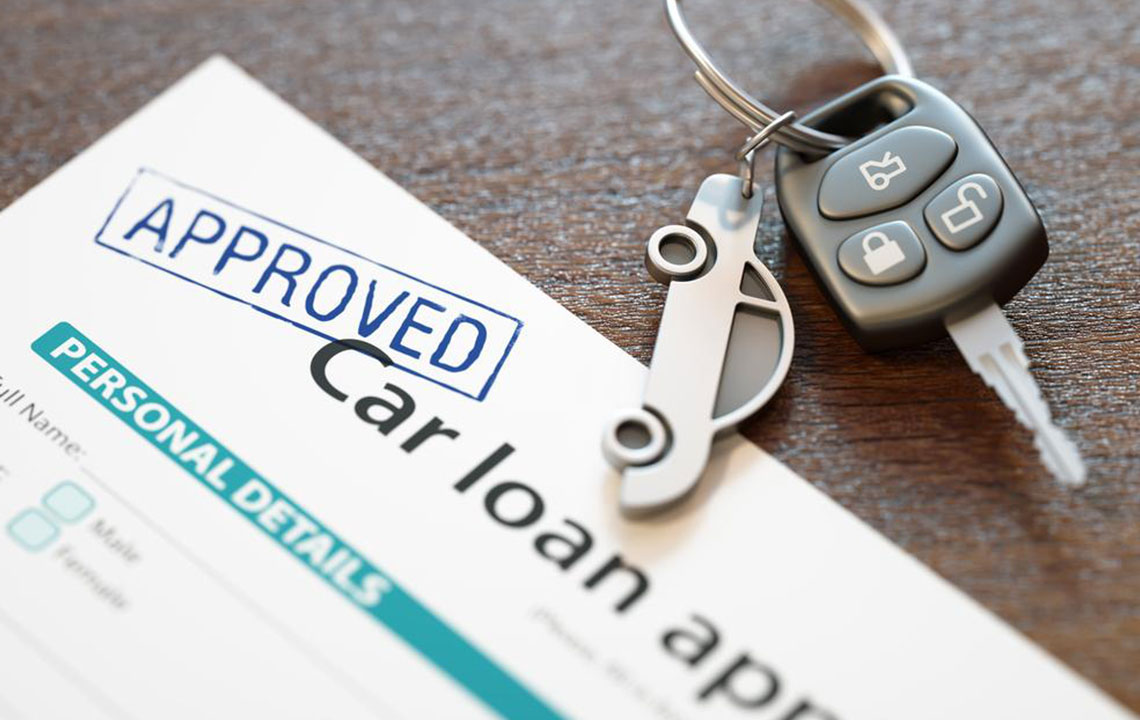Key Factors for Effective Loan Comparison
This article explores critical factors to consider when comparing loan options, including loan amounts, interest rates, repayment terms, and associated fees. Understanding these elements helps borrowers make financially sound decisions and choose the most suitable loan. Key insights include analyzing APR, evaluating total costs, and assessing repayment schedules for optimal borrowing strategies.
Sponsored

Essential Aspects When Comparing Loan Options
When planning to borrow from banks or financial institutions, understanding the costs involved is crucial. Borrowers now have the flexibility to repay in EMIs, but costs extend beyond just the principal repayment. It's important to account for interest rates, monthly fees, and other charges. Recognizing these factors helps borrowers make informed decisions.
Below are key elements to consider for a comprehensive loan comparison.
Loan Amount
The initial step is determining how much money you need to borrow. Your earning capacity, employment status, and organizational affiliation influence your eligible loan amount. Whether you are self-employed or salaried affects your borrowing potential. Careful assessment of these factors ensures you borrow within your repayment capacity.
Interest Rates
Analyzing the interest rates attached to different loans is vital. Personal loans tend to have higher rates compared to other types. Government programs may offer reduced rates for certain income groups. Banks typically provide lower interest rates than non-bank financial institutions. Comparing these rates helps identify the most cost-effective option.
Loan Duration
The repayment period significantly impacts your EMI and total repayment cost. Loans often span 15 to 30 years, but shorter terms like 5 years may involve different repayment structures. Some loans are amortized over longer periods with fixed EMIs, while others may require a balloon payment at the end of the term. Choosing the right duration balances affordability and repayment convenience.
Application and Processing Fees
These upfront fees cover loan processing and creation costs. Usually, an origination fee of around 1% is common but varies by lender. Additional service fees may also apply, impacting the overall cost. It’s essential to factor these into your decision-making process.
APR—Annual Percentage Rate
APR provides a comprehensive comparison tool by integrating all related costs, including interest, origination, and other fees. A lower interest rate doesn't always mean a better deal if fees are high. Conversely, a higher interest rate package with lower fees might prove more economical. Comparing APRs simplifies your selection process.
Lastly, be mindful of incidental charges like appraisal fees or commitment costs. Analyzing all these expenses ensures you pick a loan that best fits your financial circumstances and repayment ability.






